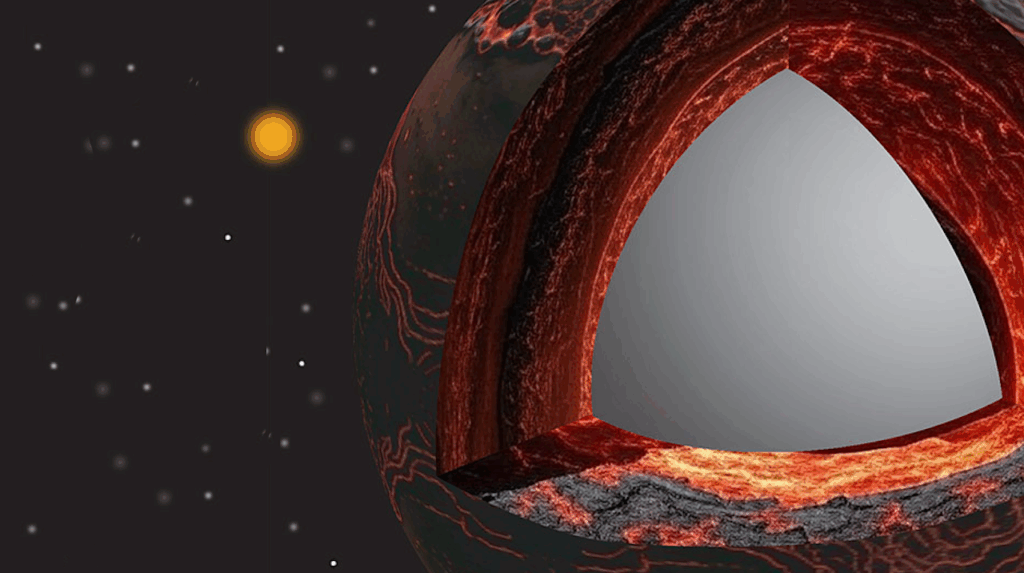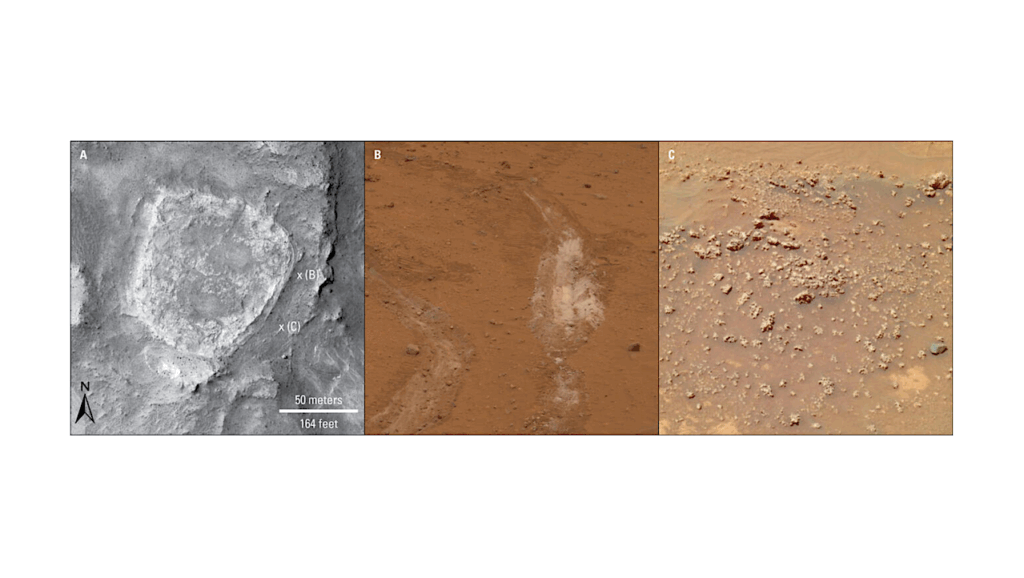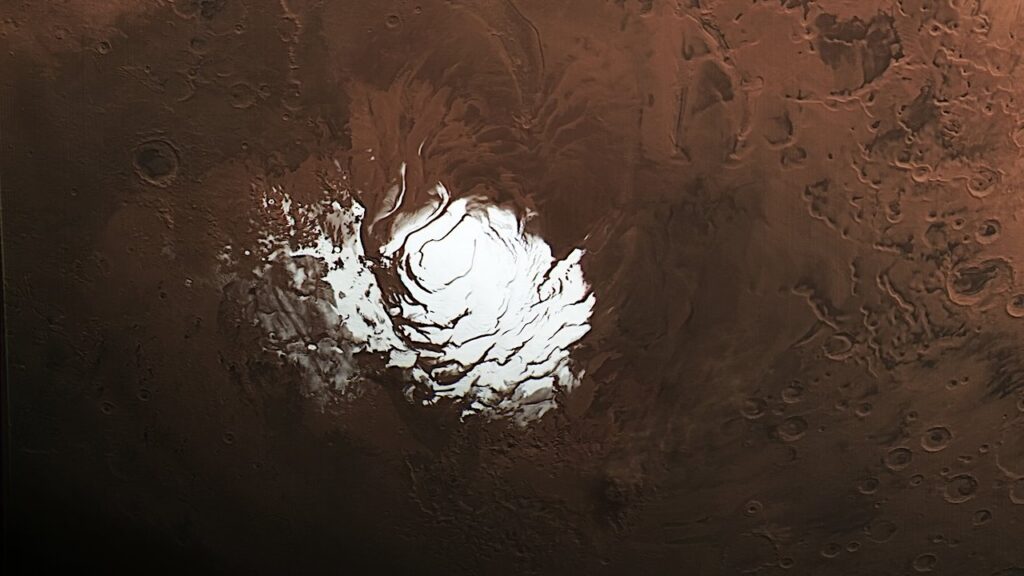Young Earth-like Planet With Lava Oceans

Astronomers have discovered an extreme Earth-like planet that likely hosts lava oceans as it roasts next to its sun-like star near the Big Dipper constellation.
It is the nearest, young Earth-sized planet ever discovered and – although life could not survive on its superheated surface – the young planet could teach us about the evolution of planets similar to our own.
Ben Capistrant, a doctoral student in astronomy at the University of Florida, was part of the team that discovered the hot Earth and co-first author of the paper along with colleagues from the University of Wisconsin-Madison.
The lava planet whips around its young star every four days. In contrast, our solar system’s closest planet, Mercury, takes a leisurely 88 days to orbit the sun.
“So it’s really moving around there. At that distance we expect it to be tidally locked, like how the moon is locked to us with one side always facing the Earth. That means the heating is uneven, and we estimated that the daytime temperature is consistent with molten rock,” making it a “lava Earth,” Capistrant said.
The Earth-like planet was discovered in data from the Gaia and TESS telescopes, which look for changes in starlight as planets move in front of stars. The planet’s host star is fairly close, just 71 light-years away. The star’s proximity and relative brightness allowed astronomers to detect the subtle signal of the closely orbiting Earth-like planet.
At just about 500 million years old, the lava Earth is young by planetary standards. That youth will allow Capistrant and the team to study the planet for signs of atmospheric loss. How planets lose their initial atmospheres is little understood and has implications for the habitability of Earth-sized planets.
“We haven’t seen this process occur, and there isn’t a large sample of young rocky planets like these,” Capistraint said. “We don’t even know if these small planets have atmospheres.”
The Earth-like planet is the third discovered in the system. Two miniature Neptunes also orbit the star.
Capistrant completed the work while an undergraduate student at UW-Madison. The team published their findings in January in The Astronomical Journal.
This study was supported in part by NASA and the National Science Foundation.

A comparison of the orbits of the HD 63433 planetary system compared to our own solar system. CREDIT Ben Capistrant
TESS Hunt for Young and Maturing Exoplanets (THYME). XI. An Earth-sized Planet Orbiting a Nearby, Solar-like Host in the 400 Myr Ursa Major Moving Group, The Astronomical Journal (open access)
Astrobiology








